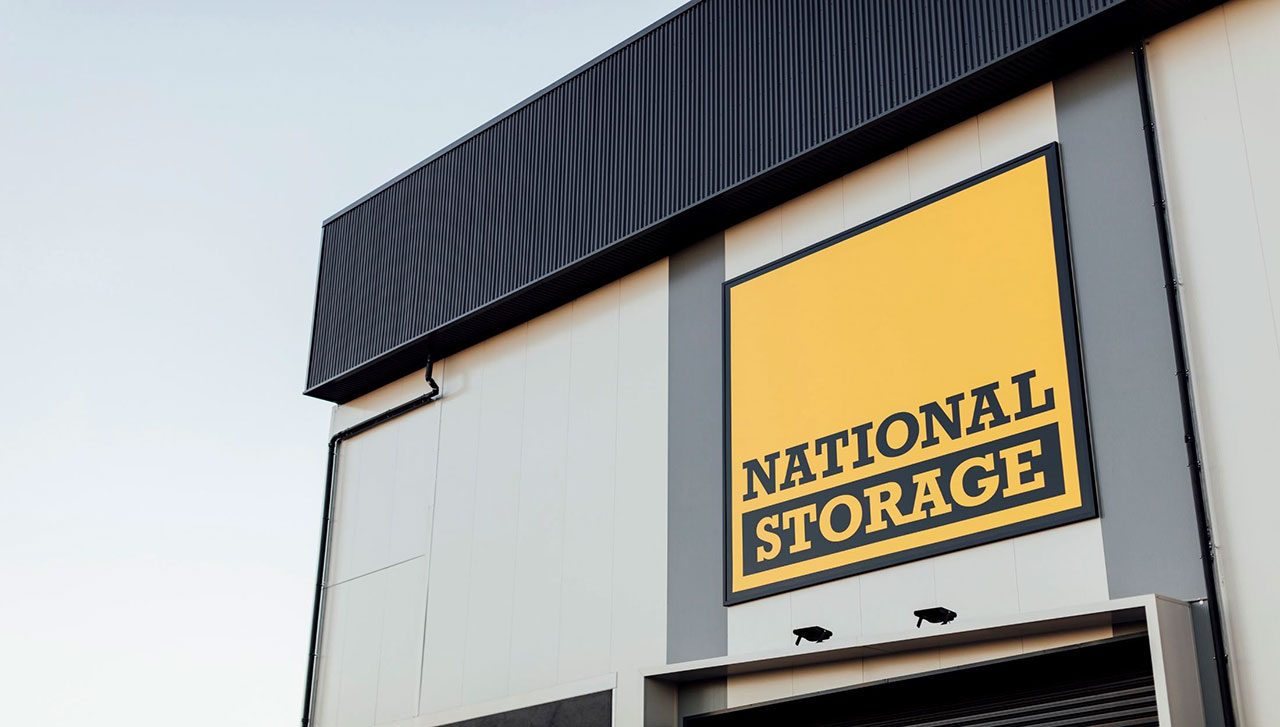This article is from the Australian Property Journal archive
THE resilience of the self-storage sector is driving demand for the asset class pushing rates per storage unit to its highest level in a decade and tightening yields by a circa 200 basis points, according to m3property.
m3property’s Australian Self Storage Investment Market White Paper Spring 2020 found COVID-19 related business closures, the downsizing of dwellings, reduced population movement and growth in online retailing are driving investment, along with solid underlying fundamentals including relatively strong yields and IRR’s, low operating costs and storage contracts from a high number of occupants requiring prepayment – typically a month in advance.
Director of research (Queensland) Casey Robinson said the relatively positive performance of the sector is reflected in recent financial reporting results and transaction activity as well as its recent history.
“That is the story of an industry in the midst of a strong growth phase and one which continues to show both healthy results and activity as well as forward planning in the middle of a severe economic downturn.
“To say the industry is recession proof might be a bit of a stretch, but there seems no doubt that it is a sector which offers all the attributes of a sound investment through all phases of the economic cycle,” Robinson said.
Robinson said groups such as Abacus and National Storage REIT, who have acquired 11 and 19 new self-storage centres respectively during the 2020 financial year, have also reported strong development pipelines including the expansion of existing centres, new developments and planned renovations.
The report also found the rate per storage unit has risen significantly.
“The number of self-storage facilities nationally has seen significant growth over the last five years with forecasts of continued strong growth over the next five years, while the average rate per storage unit now stands at $22,152 – the highest level in a decade,” she added.
Associate director Jeremy Hoffman said the strong demand for self-storage investments has driven tighter yields, despite lower IRRs and the broader economic downturn, and that was likely to strengthen the sector’s investment appeal relative to other property sectors.
“The level of enquiry, particularly in the first few months of Covid-19, declined, however conversion rates have been higher and, whilst smaller investors may be delaying investment decisions due to current uncertainty, larger investors have remained active and we expect that to continue,”
He said yields had firmed and there was scope for further tightening over the next six to nine months.
“Yields continue to firm – indeed they have tightened by circa 200 basis points since the 2015 financial year – and that is down to a number of factors including increased investor competition, the maturity of the sector and low financing costs.
“Whilst we are unlikely to see further yield compression in the short term there is the potential for tightening towards the end of the financial year and that would be a very good outcome given results in other sectors,” he continued.
Self-storage unit key indicators
| Equated Market Yield | Initial Yield | Internal Rate of Return | |
| 2019 FY | 7.19% | 6.16% | 11.12% |
| 2020 FY | 6.68% | 5.56% | 10.09% |
Source: m3property
Hoffman said whilst major operators had reported a dip in occupancy during the acute phase of COVID-19, they were now reporting occupancy rates similar to pre-COVID-19 levels.
“There have been slight decreases in occupancy levels and, generally, they have been location dependent. Areas in lock-downs such as Victoria and particularly Melbourne, have, unsurprisingly, seen the greatest impact while those that traditionally benefit from a high transient population, say from university students or tourism, are also doing it tough.
“Returning to pre-COVID levels is likely to take longer in these areas, depending on how the economy opens up and how long it takes to welcome back international visitors. Freeing up interstate travel will obviously help,” he concluded.





